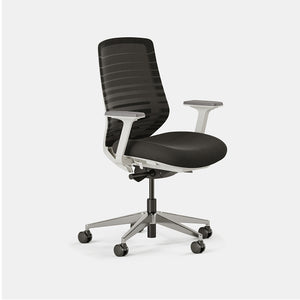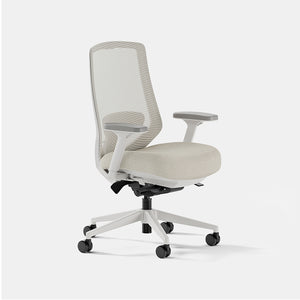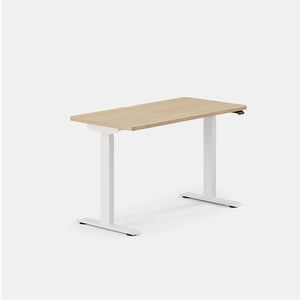On its face, our opportunity to pivot was obvious: until our enterprise customers returned to the workplace, we needed to stop selling furniture to businesses and start selling an ergonomic setup to the millions of people hunched over their kitchen tables, working from home.
The problem was that we had spent the past year building an engine to identify and acquire a very different kind of customer, typically a small or medium-sized business between 25 and 300 people.
We considered leaning hard into the standard DTC playbook—paid search and Instagram ads—but knew we’d be at a disadvantage bidding against competitors that have invested far more time and resources in optimizing those channels. We also considered marketplaces like Amazon and Wayfair, but building discoverability (Amazon SEO is its own dark art) and conversion (i.e., reviews) on these platforms takes more time than we had to spare, while abstracting our brand would commodify our product and further impact conversion.
With a limited budget, we decided to prioritize capital efficiency and risk mitigation by focusing on revenue-aligned organic channels, from press and affiliate partnerships to organic social and content (full disclosure: this post counts toward that effort!).
Notably, we also played to our relative strength in sales. Most consumer furniture companies attacking the “work from home” opportunity don’t have an enterprise-grade business development team—but we do.
So we launched a “B2B2C” program to enlist organizational stakeholders with influence over WFH purchasing decisions, including the following personas:
• Executives and HR leaders: We emailed leaders from hundreds of companies, offering ergonomic consultations, discounts on our furniture and other incentives for their teams
• Brokers and landlords: We worked with the real estate community to provide advice and resources for their clients on recreating their work environment at home
• Communities: We partnered with local tech interest groups, founder collectives, and VC platform teams to spread the word within groups with intrinsic affinity for our offering
With systems already in place to automate personalized outreach at scale, we’ve been lucky to land some of the biggest companies, landlords and communities in the world as Branch evangelists over the past two weeks.
Hacking partnerships to drive traffic provides a one-time boost that decays fast. But the reception and revenue from this effort exceeded our expectations—and helped us refine our messaging and online conversion funnel with cheap traffic, letting us now test scale channels like paid search and social with less risk.














